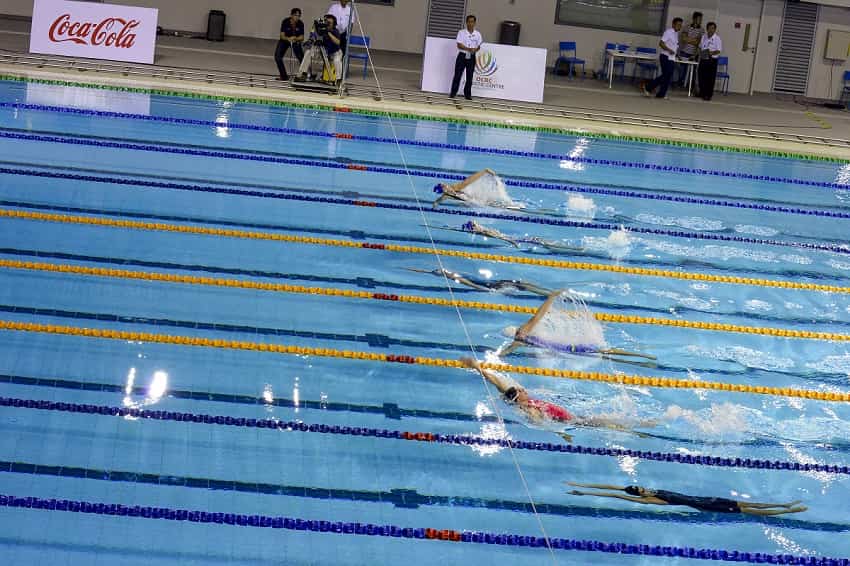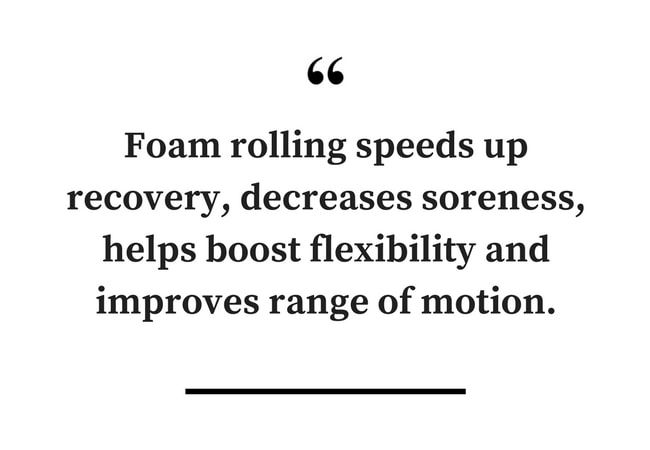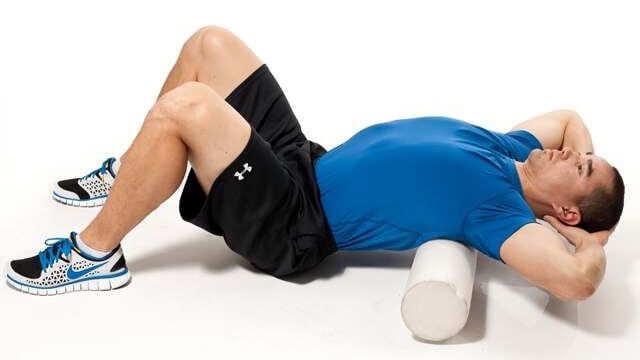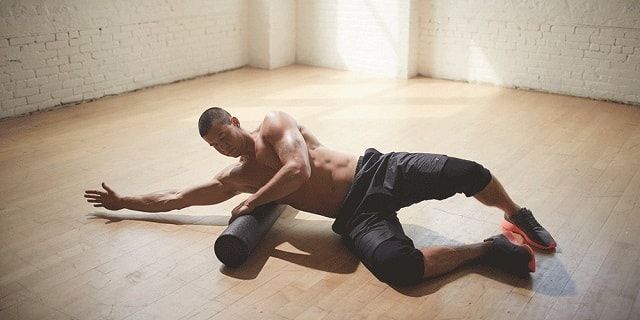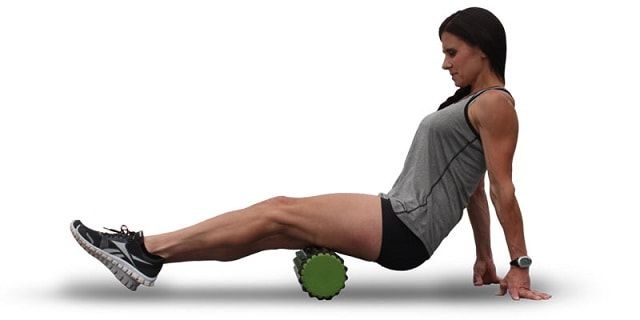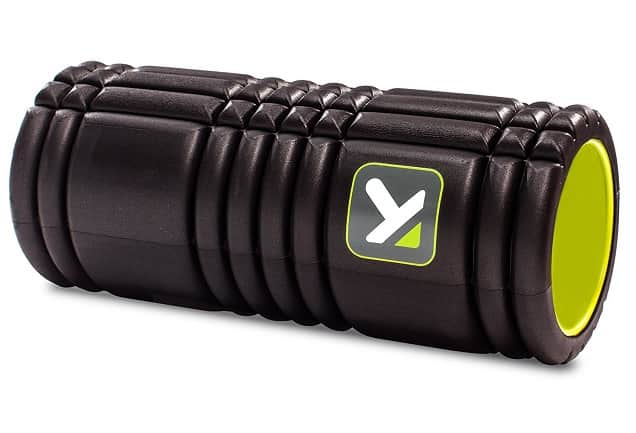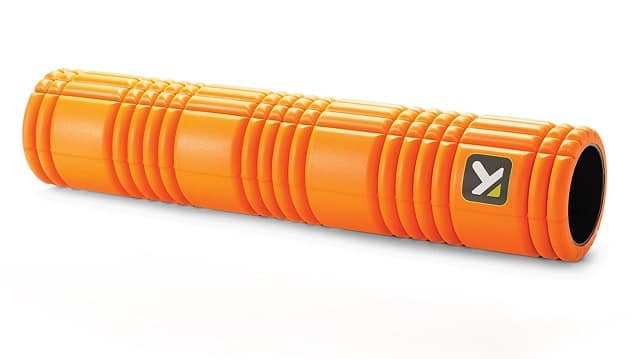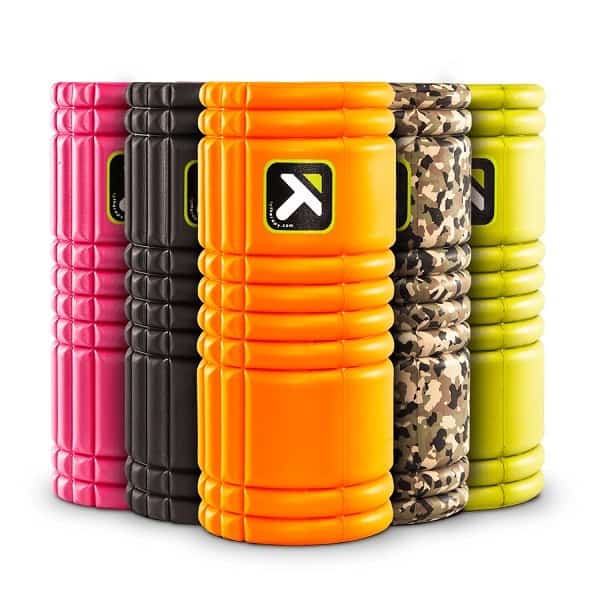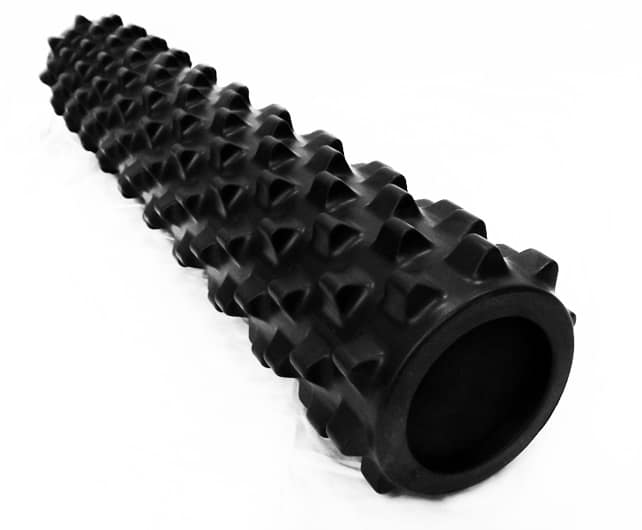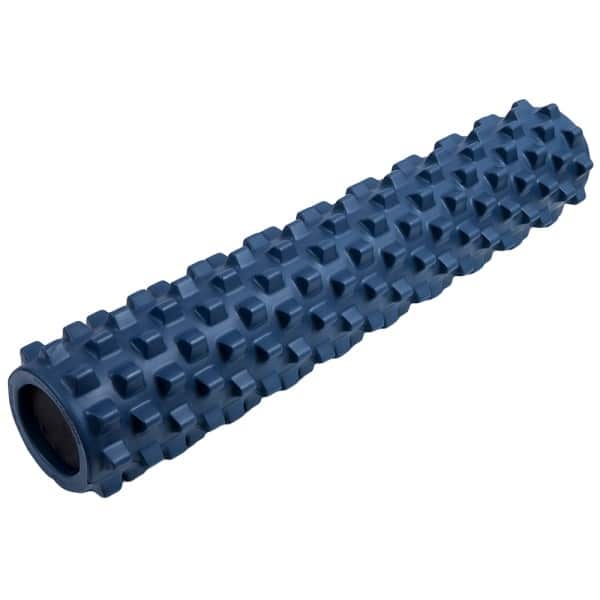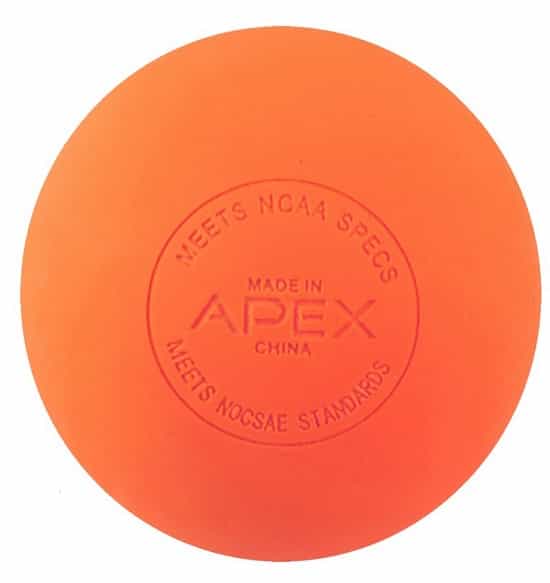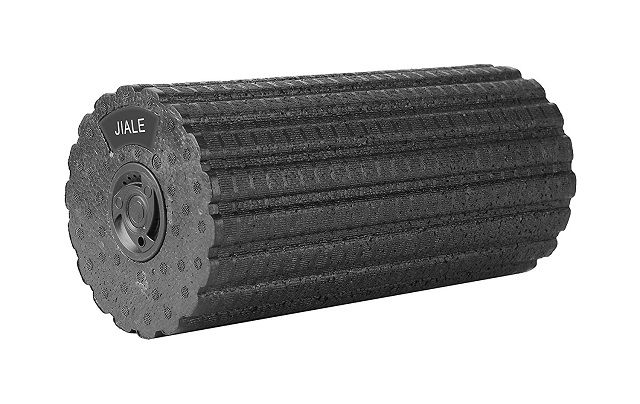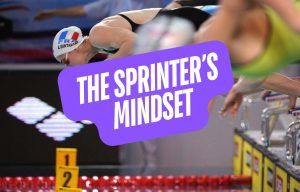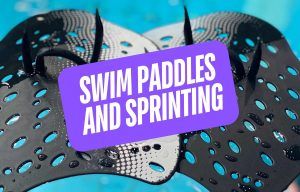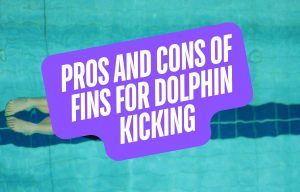The foam roller has become a go-to mobility and recovery tool for competitive swimmers. Here’s what swimmers need to know about foam rolling, including the best foam rollers for chlorinated athletes.
“They see me rollin’, they hatin’…”
Foam rolling, or self-myofascial release (a fancy term for “massaging yourself”), is a proven way to decrease soreness, increase flexibility, and speed up recovery. Something swimmers, with our countless number of sessions in and out of the water, can use to improve overall performance.
Here’s what ya need to know about rolling all the foam.
How Foam Rolling Helps Swimmers Perform Better
You will recover faster after a brutal workout.
For swimmers who are serious about getting better in the water, they know that taking exceptional care of their body between practices is what is going to separate them from the pack. This includes getting heaps of time in bed (still the best recovery tool you possess, hands down), eating like a chlorinated champion, and doing active recovery in the form of warming down at the end of practice or after races.
We can also add using a foam roller to the list.
When a group of college athletes [1] performed a series of squats at 60% of their max twice. When they used a foam roller for twenty minutes immediately after the workout, as well as 24 and 48 hours post, they performed significantly better the second time around in a 30m sprint compared to the control condition.
Foam rolling helped the athletes return to “normal” faster and maximize performance.
You will experience less soreness.
The traps, lats and shoulders are usually where swimmers experience a majority of their soreness from pool training. Add in the inevitable ouchies that come from lifting (particularly leg days) and you’re talking soreness all over the place. DOMS, or delayed onset muscle soreness, can leave us staggering, limping and suffering for days afterward, making future workouts harder to get through.
The athletes from the aforementioned study experienced less soreness when foam rolling three times over a two day period.
You’ll improve range of motion.
Swimmers need to be able to use their full range of motion. Whether it’s our hips and hamstrings giving us the ability to dolphin kick with amplitude or our shoulders and lats to reach up and as far as possible, having an optimal range of motion is critical to swimming efficiently.
In a study of 11 healthy young men [2], they were instructed to foam roll their quadriceps. Afterwards, range of motion in their knee joint was measured, with the foam rolling condition improving range of motion by 10 and 8 after intervals of two and ten minutes.
Combined with stretching you can really improve flexibility.
Stretching it out should be part of your post-workout regimen. It’s a good way to come down after a tough session in the water, while also restoring range of motion. A better way to do this and more quickly improve your flexibility is to alternate between using a foam roller and stretching a target area.
When a group of forty people [3] were assigned one of four random protocols: stretching, stretching with foam rolling, foam rolling, or nothing. The stretching and foam rolling condition (they were targeting the hamstrings in this study) far outpaced the others.
Okay, so foam rolling is a legit activity for boosting mobility, speeding up recovery, improving flexibility, and keeping our performance at a high level over repeated workouts.
My Three Favorite Foam Rolling Moves for Swimmers
The way that you use your foam roller is going to depend on what areas of your body need attention. Whatever you do end up rolling out on the regular, look for preventative ways to use it (keeping your hips and T-spine open before you hop in the water, for instance), as well as regenerative uses (my lats always need some TLC after a tough workout in the water).
1. T-spine.
In a guide that I wrote about how to fix and prevent swimmer’s shoulder I touched on my numero uno foam rolling move. As someone who is hunched over a good part of the deal at a keyboard (or looking at my smartphone), opening up my spine (and even pecs) with this position is essential. It’s easy to do, and can be also done on a swiss ball.
2. Lats
This one hurts like a son of a gun the first few times you use it. Our lats don’t get a lot of TLC when it comes to active recovery. The knots and tightness that build up in that area are legit, so don’t be surprised to see yourself not being able to put a lot of weight on this move the first time out.
3. Hamstrings
My hamstrings and hips are tight—I spend most of the day sitting down in a chair, and when I am not working, or at the pool crushing myself with goofy sets like this one, I am sitting in a half stupor on the couch. That’s a lot of sitting, which means my hips and hamstrings are slowly tightening and shortening up over the course of those long hours of having my butt parked.
Rolling out my hamstrings (and doing the 1-2 punch of stretching in-between rolls) has been a go-to of mine to keep my legs and hips loose and open so that I can kick with a full range of motion when I limp back to the pool.
Whether you use these three moves in your own foam rolling is up to you. Remember, foam rolling is just another tool in your recovery protocol, so use it for areas that are in need of TLC.
The Best Foam Rollers for Swimmers
TriggerPoint Foam Rollers. The classic TriggerPoint foam roller is everywhere these days. You see them in the gym, you see them at your physical therapist’s office, and of course, you see ‘em on the pool deck next to the bags of swimmers. They come in a variety of colors and lengths.
The Rumble Roller. If you are just starting out with foam rolling, this is not the roller for you. The elevated rubber knobs mimic the thumbs of a masseuse and help you really dig into the nooks and crannies around your bones and muscles. The Rumble Roller is particularly effective at slaying the muscles in and around your shoulder blades, making it perfect for those moments where your traps and the area around your scaps are sore and beat up. The Rumble Roller comes in two different densities and colors. The black RR is 36% more rigid than the blue Rumble Roller.
Lacrosse ball. Why is a lacrosse ball on this list? Because of its portability, cheapness, and its ability to hit areas that aren’t easy to attack with a foam roller (pecs, for instance). Using a lacrosse ball to dig and prod at your muscles is simply another form of self-myofascial release, which is what foam rolling essentially is. I have a lacrosse ball at my desk, in my truck, and in my swim bag. It’s cheap, it’s portable, and it’s something you can use when you don’t have the space to roll.
The vibrating foam roller. I didn’t even know this was a thing until I checked out a video on American breaststroker and Olympic gold medalist Cody Miller’s YouTube channel where he discussed his own stretching and foam rolling routine. Miller credits this extra time spent on mobility and flexibility as a big game-changer for his swimming.
The JIALE vibrating foam roller below packs four different speeds to vibrate your butt off, and comes in only slightly more expensive than your regular TriggerPoint foam rollers.

